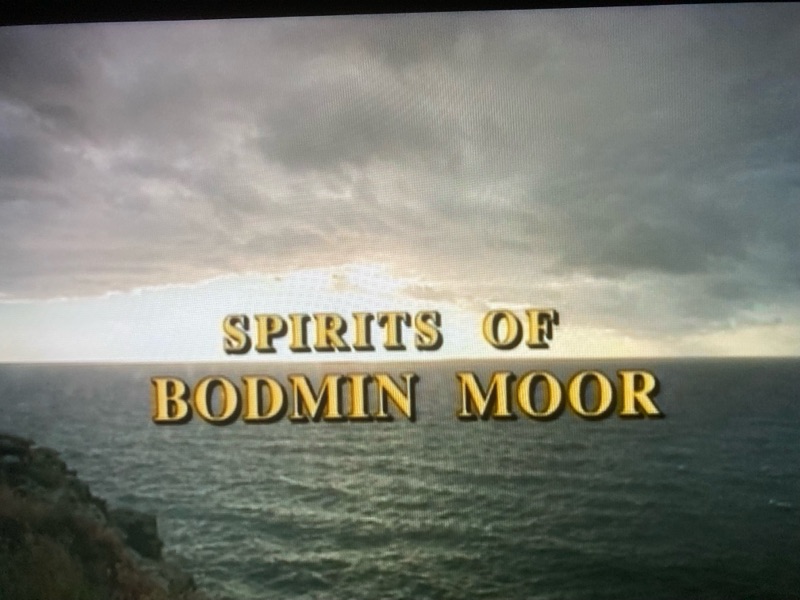Many in the Bigfoot research community have suggested that Gigantopithecus, a giant Asian ape believed to have gone extinct around 200,000 years ago, could be the ancestor of the Himalayan Yeti. The late American anthropologist Grover Krantz even suggested, based on the fossilized jawbone of the creature, that this real-life King Kong could have been a biped and an early offshoot of the same lineage as mankind.
This idea that Bigfoot-like creatures around the world could all be offshoots of a missing link caught my imagination as a child and instilled in me a lifelong fascination with human evolution and apemen, real and imagined. Imagine my disappointment when DNA replicated from proteins in fossilized teeth showed that the giant was more closely related to modern orangutans than modern humans. And therefore, if Bigfoot or Yeti is a descendant of this ancient ape, they too would be more closely related to the orangutan than humans.
Then I discovered this book, "The Red Ape," authored by Jeffrey Schwartz. This is not a book about Bigfoot but a book about human evolution. And, put simply, Schwartz suggests that humans are a more recent offshoot of the same lineage as orangutans than they are of the African apes (chimpanzees and gorillas). If it weren't for the DNA evidence that shows humans share approximatley 98% of their DNA with chimpanzees and gorillas (marginally less), and 97% with orangutans, I'd be convinced Schwartz is onto something.
But then I remembered Gigantopithecus's 'DNA' test results and the red orangutan-like fur of Yeti-like cryptozoological creatures in China called "Yeren" and the bipedal Orang Pendek of Sumatra. With so many stories of bipedal apes in Asia, is it possible they evolved from a bipedal ape that evolved from a close relative of the orangutan? Could such a creature have evolved into several offshoot species: Gigantopithecus, Yeti, Yeren? And then one of these offshoots crossed the Bering Land Bridge that connected Asia to America during the last Ice Age and became Bigfoot?
Let's speculate more. What if one of these bipedal ape species migrated to Africa, where it continued to evolve? We do know that a bipedal (or at least partly bipedal) ape called Sahelanthropus tchadensis lived in Africa around 7 million years ago. Could it be an offshoot of the Asian bipedal apes (Yeti-like creatures) I'm speculating existed and migrated from Asia to Africa (becoming African apes) and also America (becoming Bigfoot)? The 7 million-year date is significant because it fits well with the estimate for when humans and chimpanzees diverged from a common species.
What if this species was the bipedal ape Sahelanthropus tchadensis or a close relative? It has long been assumed that humans evolved into a bipedal species after they diverged from the common ancestor with chimpanzees. But why should we assume that? Especially considering that there is evidence that an earlier bipedal potential ancestor existed in the form of Sahelanthropus tchadensis. If true, it would mean that chimpanzees and possibly gorillas as well (much earlier) were once bipedal apes too. And they lost their bipedalism over hundreds of thousands to millions of years.
If this sounds too incredible to be true, consider that the earliest chimpanzee fossil is only half a million years old. We don't know for certain what the ancestors of chimpanzees from over a million years ago looked like. Both chimpanzees and gorillas do occasionally stand upright and walk like bipeds, suggesting they may have a bipedal past. One last note: consider Oliver, a performing chimpanzee that became a minor celebrity in the 1970s because of his preference to walk upright like a human. DNA tests showed he was 100% chimpanzee, but there is still mystery surrounding his origins. Could Oliver have been a member of an unknown ethnic group of ‘relic’ chimps that have retained their bipedalism?
I've raised more questions than answers, but I'm happy that my childhood belief that Bigfoot could be some kind of "missing link," while an oversimplification, could be kind of true.







 So what witnesses are seeing when they see the ghosts of Civil War soldiers are actually the memories of people that died during or shortly after the battle that have been absorbed into the environment.
So what witnesses are seeing when they see the ghosts of Civil War soldiers are actually the memories of people that died during or shortly after the battle that have been absorbed into the environment.

